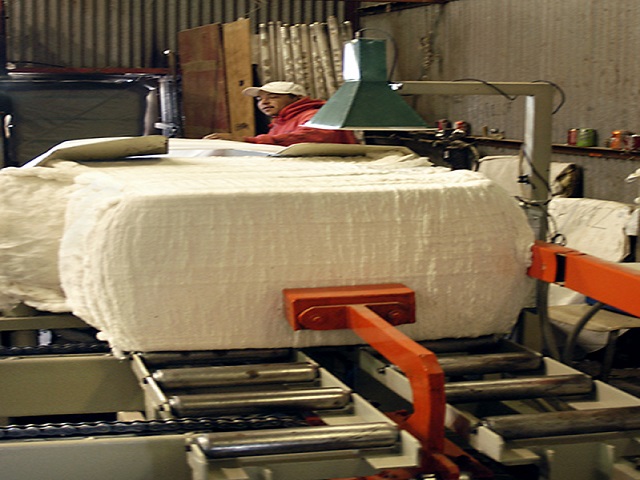
CARY, NC – The COVID-19 global shutdown has weighed heavily on the cotton and textile industries, according to a report from Jon Devine with Cotton Incorporated. As economies begin to reopen there has been some improvement in economic activity, yet consumer spending on apparel has led to a drop in year-over-year demand. Consumer spending, he explains, in the U.S., European Union and Japan have not seen increases since before March and this has led to a decrease in imports of apparel by major economies. The pullback also led to a corresponding increase in inventory as the U.S. retailers experience the highest inventory-to-sales ratio on record. In April alone, the figure was seven times the annual 2019 average. One bright spot for cotton producers has been the recent purchases of U.S. cotton by China as they account for almost 70 percent of all domestic export sales since April. A major source of uncertainty is whether the sales will translate to actual shipments and what the future holds as the two countries slip further apart on non-trade-related issues. Meanwhile, there are other sources of uncertainty. Tensions between the U.S. and China, the world’s two largest economies and the world’s largest exporter and importer of cotton, continue to escalate. China was responsible for nearly 70% of U.S. export sales of cotton since April. Whether or not those sales turn into shipments, whether or not the Phase One agreement is fulfilled, and what the potential consequences of an unfulfilled deal could be are other variables that can be expected to shape the supply and demand outlook and price direction.
(SOURCE: Cotton Inc.)
